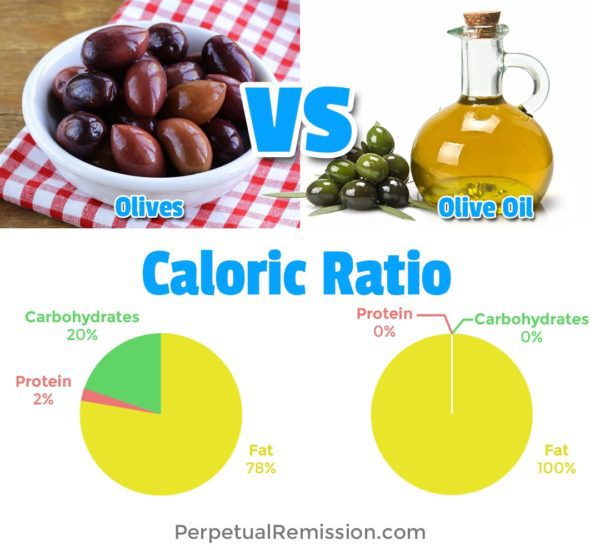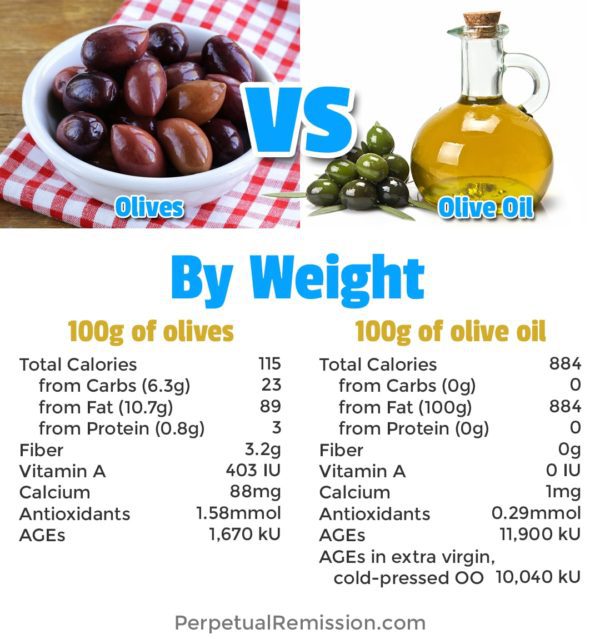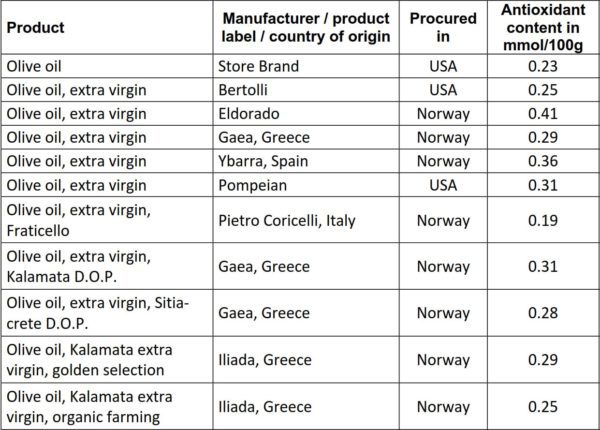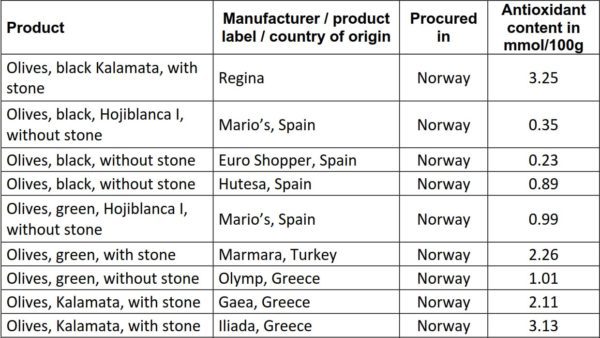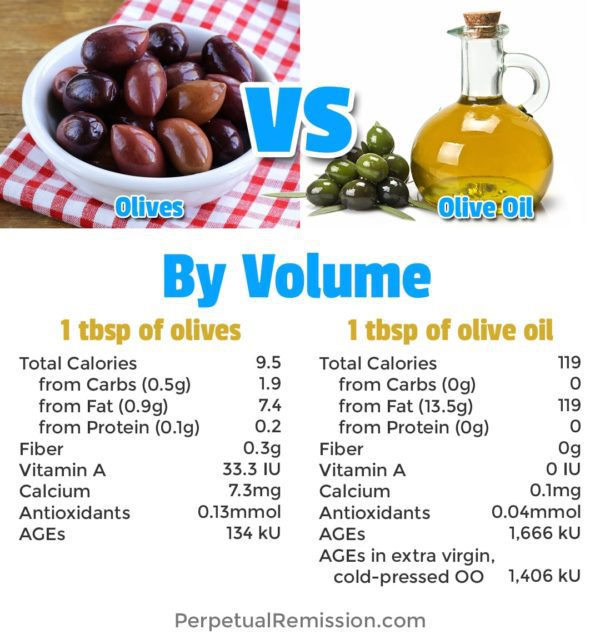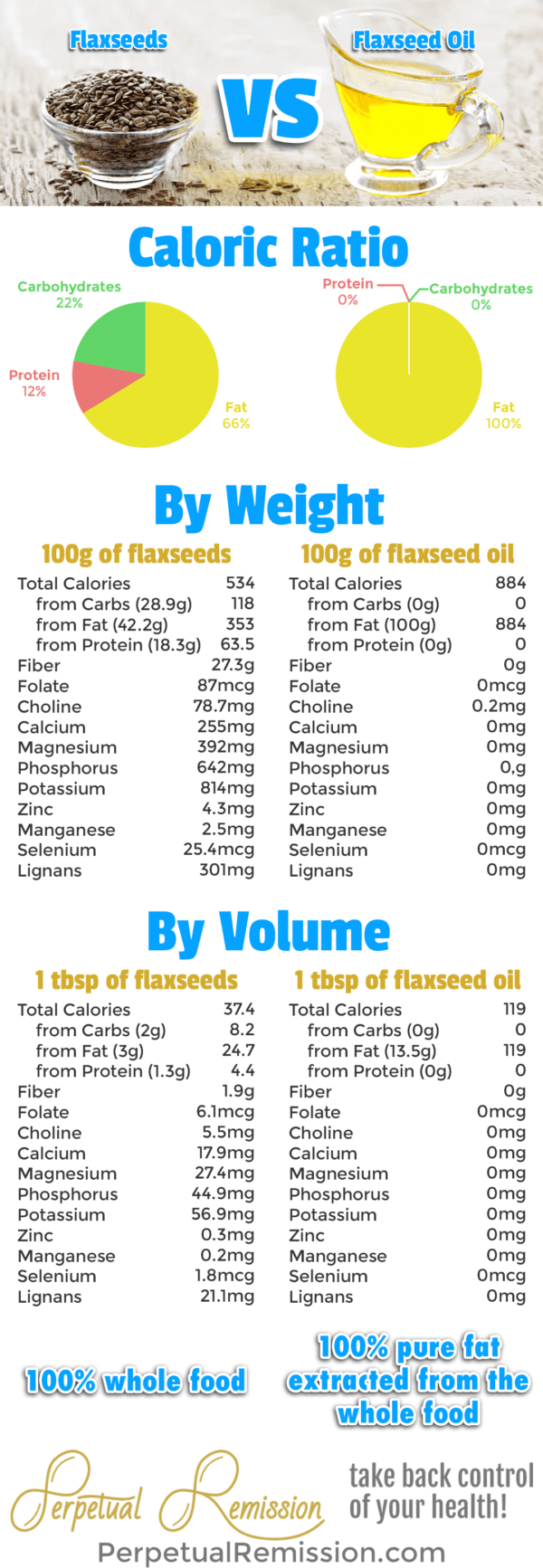Oil: Ripping You Off Literally And Nutritionally
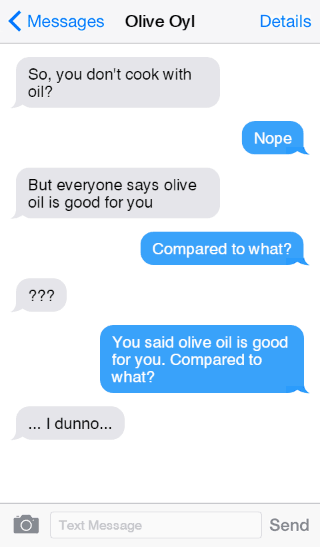
Seriously. Besides wondering where I get my protein from, the idea of living without eating or cooking with oil boggles people’s minds. When you’ve been conditioned to think that oil is necessary to cook with, it’s hard to wrap your mind around cooking without oil.
Simply put, oil is refined fat. In the same way that the crystallized substance commonly referred to as “sugar” is refined carbohydrate, oil is stripped of all the nutrients, vitamins, minerals, fiber, and more that you would have gotten if you had eaten the whole food. Oil is not healthy just as refined sugar is not healthy.
Plus, it costs more.
Why? Because it takes time, energy, and labor to process the whole food to make the oil. And no one wants chunky oil with bits of stuff floating in it. So to make your oil smooth, pleasing to the eye, and palatable to your textural preferences, it’s all got to go.
Oil rips you off financially because it costs more, and nutritionally because the whole food gets stripped of everything but the fat.
But don’t just take my word for it. Let’s do what any self-respecting health nut does when shopping at the grocery store: study the label.
Olives vs Olive Oil
First, let’s look at the macronutrient ratio of whole olives vs olive oil:
Olives are naturally a fatty food. 78% of its calories come from fat, 20% from carbohydrates, and only 2% from protein.
Olive oil, on the other hand, is just the fat so all of its calories are from fat.
If we compare olives and olive oil by weight, the contrast is very clear. Olive oil has more than 7x the calories per gram compared to whole olives! In 100g, or about 3.5 ounces, olive oil packs a whopping 884 calories compared to only 115 calories in whole olives.
You can clearly see that all of the fiber has been stripped out along with Vitamin A, and the calcium content has been drastically reduced from 88mg down to only 1mg.
Antioxidants
People who say that olive oil is healthy for you may talk about how it is full of antioxidants which helps to reduce inflammation.
There are a multitude of antioxidants and there are many different ways of testing for them. A study published in 2010 in Nutrition Journal cataloged the antioxidant content of more than 3100 foods to create the most comprehensive Antioxidant Food Database1.
There were several samples of various olive oils sourced from different places and their antioxidant content varied from 0.19 to 0.41 mmol / 100g. The average of the values in the table is 0.29 mmol in 100g of olive oil.
When testing whole olives, there was a greater range of antioxidant values, from 0.23 to as much as 3.25 mmol / 100g. The average of these values is 1.58mmol.
100g of whole olives have more than 5 times the antioxidants found in olive oil. Consider also that olive oil has more than 7 times the calories and you can understand that the claims with regards to the antioxidant content of olive oil is greatly exaggerated.
Advanced Glycation End-Products (AGEs)
Advanced Glycation End-Products are appropriately abbreviated AGEs due to their implication as a factor in the role of aging and age-related degenerative diseases like diabetes, cardiovascular disease, kidney disease, and Alzheimer’s2–7.
Basically, AGEs are oxidants… which antioxidants fight against. As such, AGEs are also known as glycotoxins.
Apparently, oil is loaded with AGEs8. 100g of whole olives has 1,670 kU of AGEs but olive oil has 11,900 kU, or more than 7 times the amount!
Perhaps, you only buy extra virgin, cold-pressed olive oil thinking that it is healthier. It does have less AGEs, but at 10,040 kU, it is still 6 times more than the amount found in whole olives.
So compared to olive oil, whole olives has a more balanced macronutrient profile; contains more fiber, vitamins, and minerals; 5 times the amount of antioxidants, 6 times less AGEs, and 7 times less calories.
If we compare the two by volume, the difference is even more pronounced because olive oil is refined and processed, so a lot more oil can fit into a space than you can pack in whole olives.
You also come to realize that 1 tablespoon of any oil is 119 calories. I say ‘any oil’ because all oils are pure fat so all of its content is fat. 1 tablespoon of oil weighs 13.5 grams. And 1 gram of fat is 9 calories. So while oils may vary in some of its micronutrient and nutritional contents, the macronutrient content of all oils is the same: pure fat.
I cringe whenever I see someone say olive oil is healthy for you and then proceed to pour it all over their salad. They are just adding empty calories on top of their otherwise healthy salad because they falsely believe that it is good for them. 1 tablespoon of oil is not a lot and you can easily pour out a lot more than that.
Another interesting comparison is that 1 tablespoon of olive oil, which weighs 13.5g, contains almost the same amount of calories as 100g of whole olives. Would you rather eat 13.5g of olive oil or 100g of whole olives? From a nutrient per calorie comparison, again, whole olives wins.
Flaxseeds vs Flaxseed Oil
Just for fun, I took a look at my favorite source of omega 3: flaxseeds. I could not believe how much nutrition is lost when you process whole flaxseeds into oil!
I thought I loved flaxseeds before but after seeing this, I appreciate it even more 🙂
Some quick notes about lignans.
• Lignans have several biological effects including anti-oxidant, anti-tumor, and protective against cardiovascular disease9–12.
• The richest source of lignans is flaxseeds by far with 10 times more lignan content than the second highest source, sesame seeds13.
• Lignans are polyphenols that are bound to fiber. In flaxseed, the lignans are bound to the molecules of the outer fiber layer of the seed. So if you are consuming flaxseed oil for its supposed health benefits, you have been misled because the beneficial lignans are removed along with the fiber and a host of other nutrients when extracting the oil.
So Is Oil Healthy For You?
Which would you rather eat: the whole food or the oil? Looking at the actual facts, you can clearly see that this is a no-brainer.
The evidence is clear: stay away from oil.
But instead of telling you the truth, the so-called experts compare oil to saturated fat and trans fats so that they can say that oils are healthy.
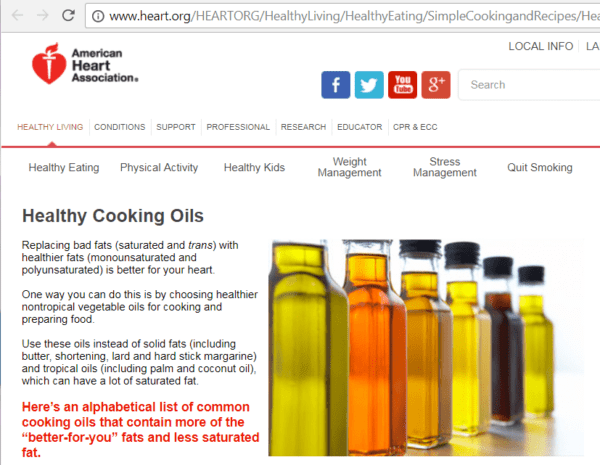
Just because something is less bad for you doesn’t mean it’s good for you.
While less unhealthy is technically better, less unhealthy does not mean it is healthy.
Be wary of clever marketing tricks. You will even see oil manufacturers boast that their oils are “100% pure.” Again, while technically correct, it is misleading. Oil is 100% pure fat. But compared to the whole food it came from, it is anything but 100%.
So save your wallet and your health. Skip the oil and stick to whole foods.

